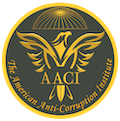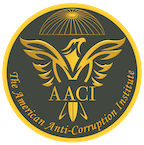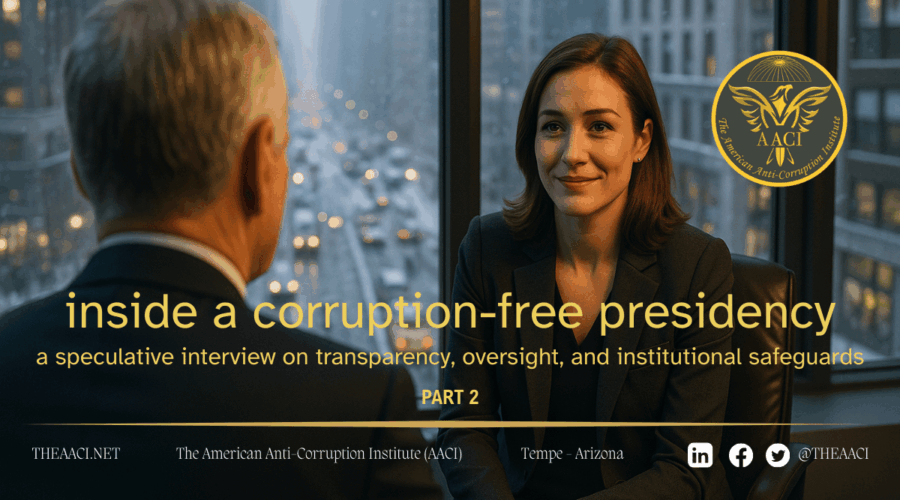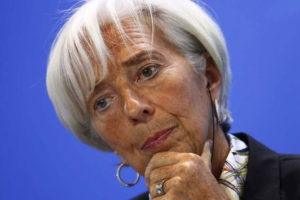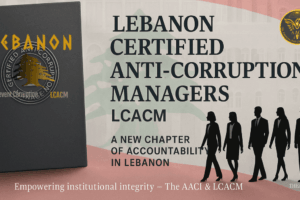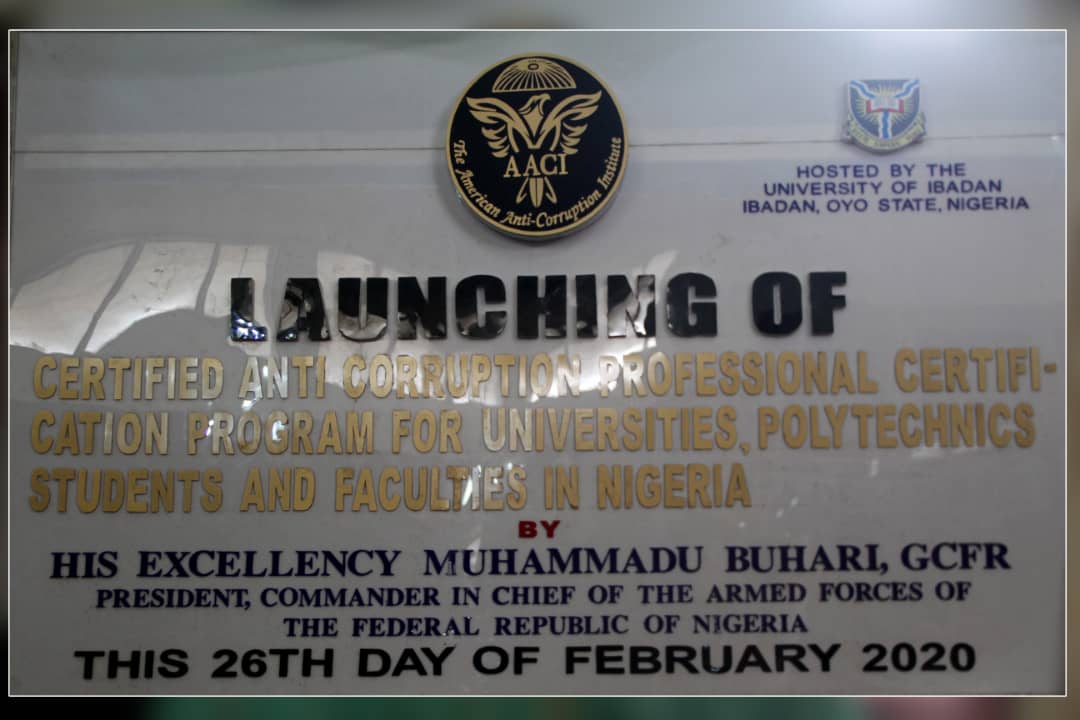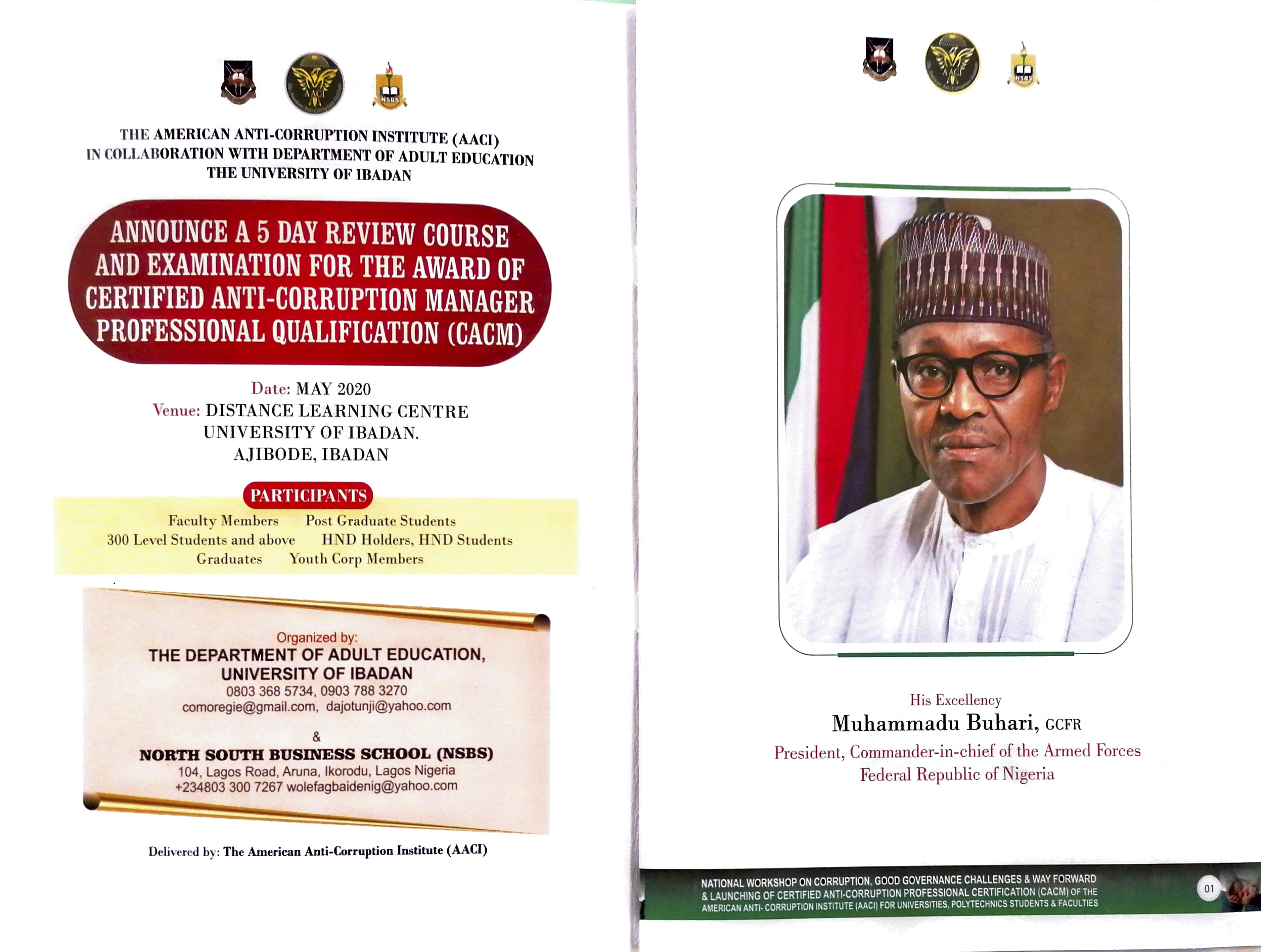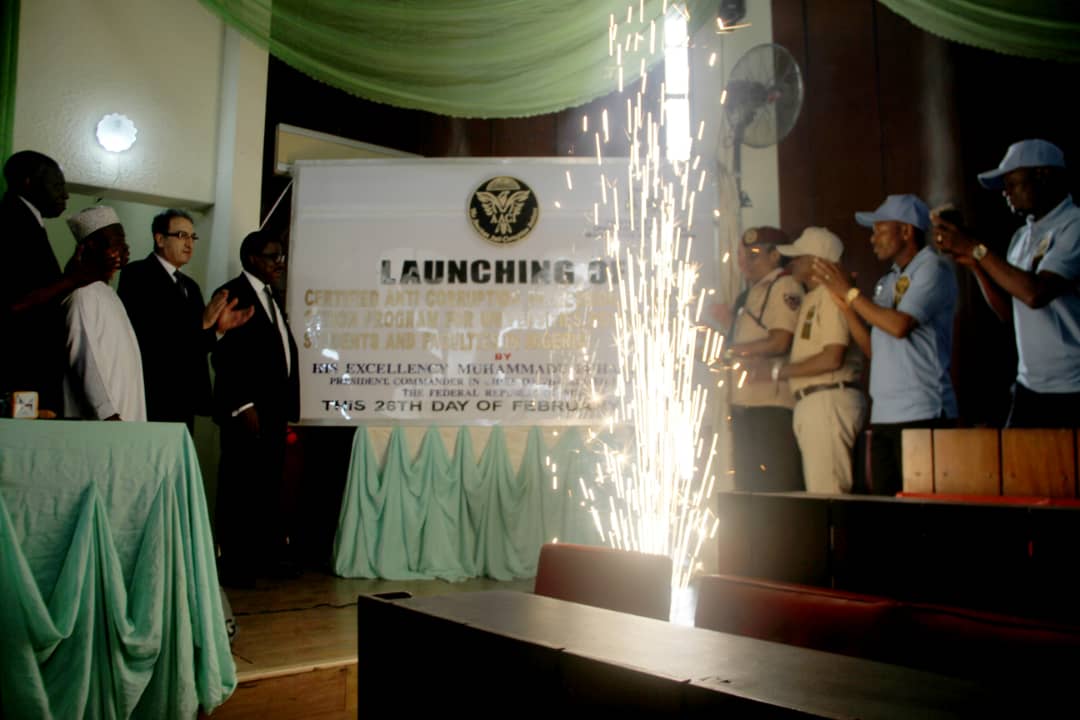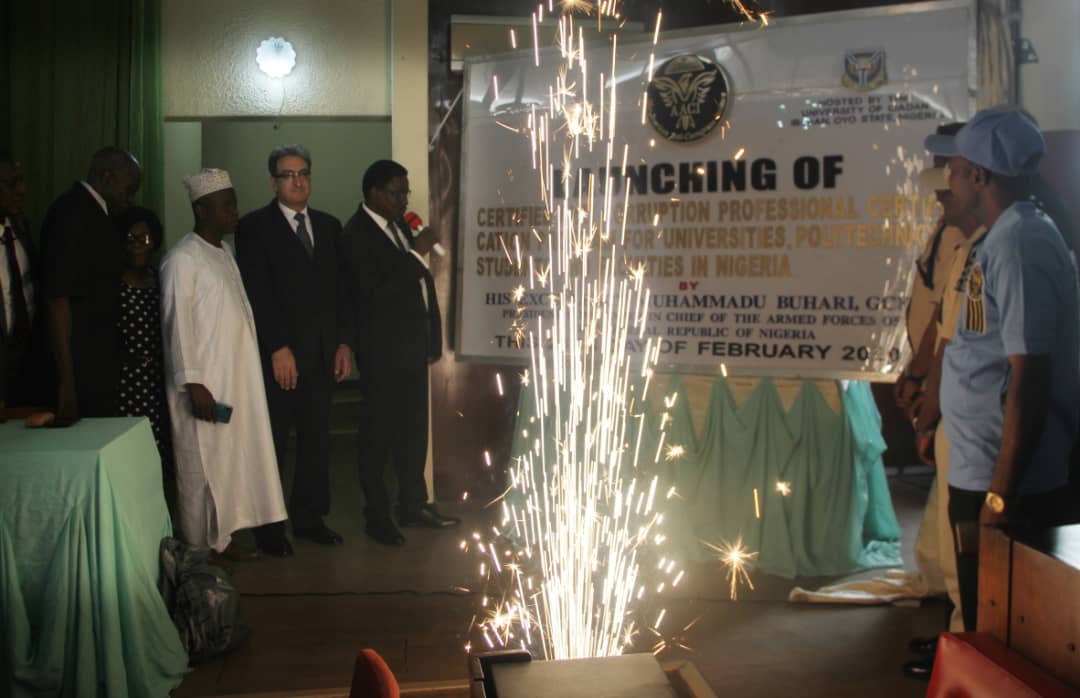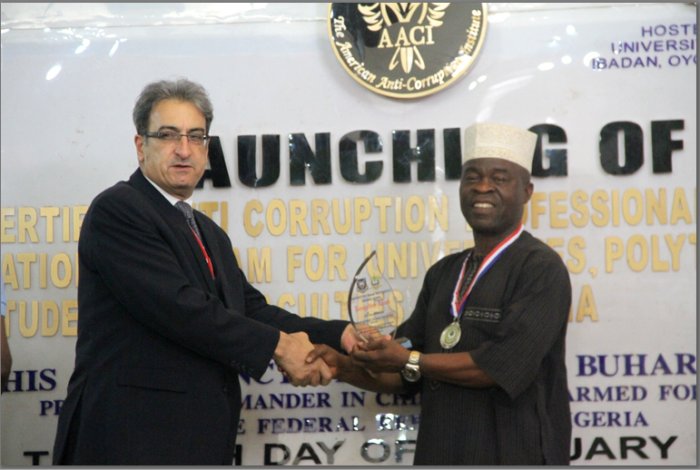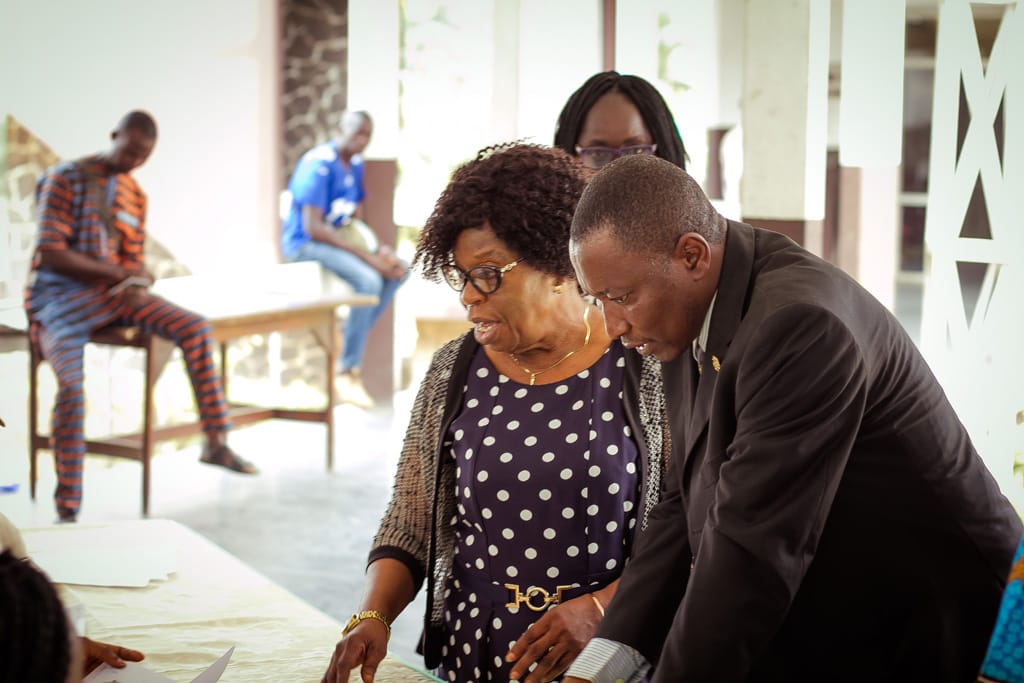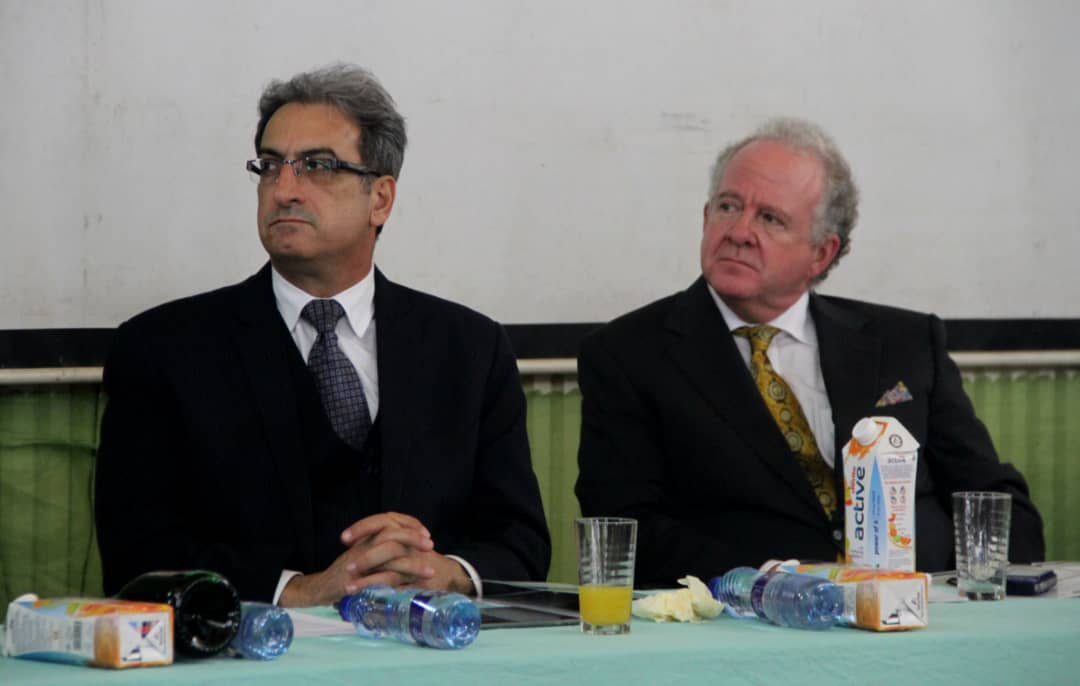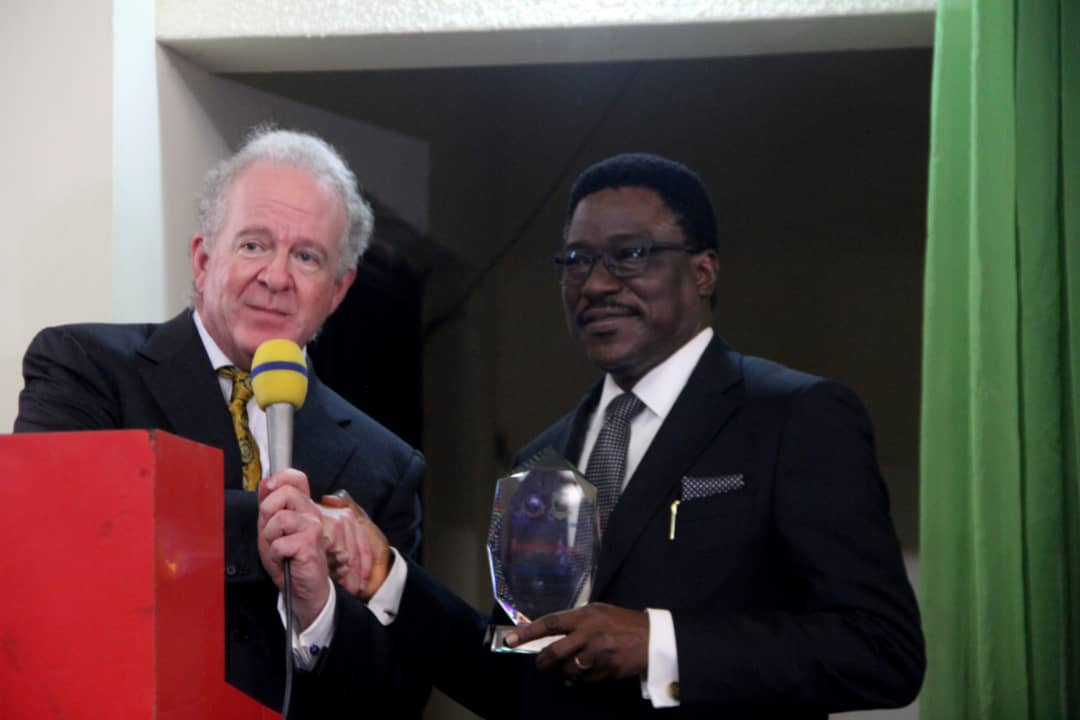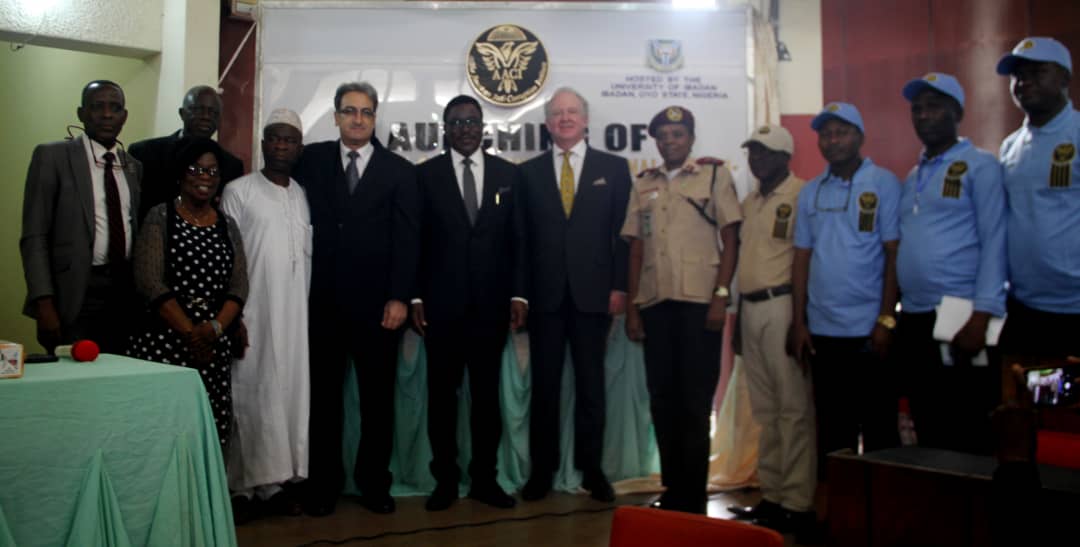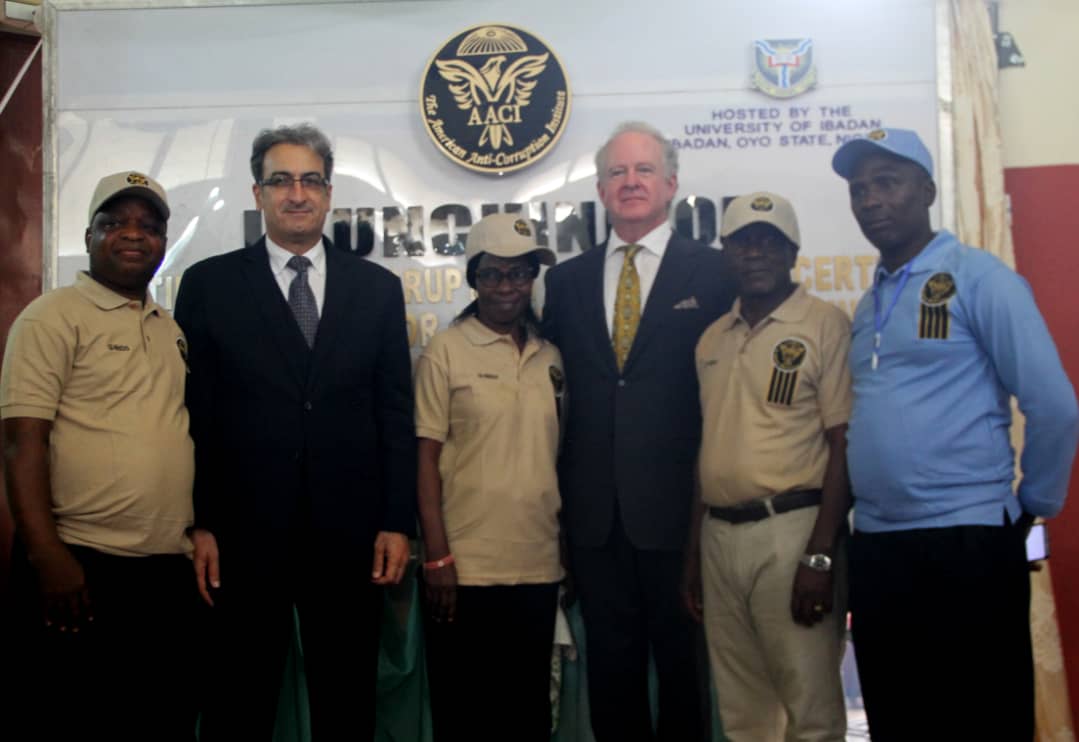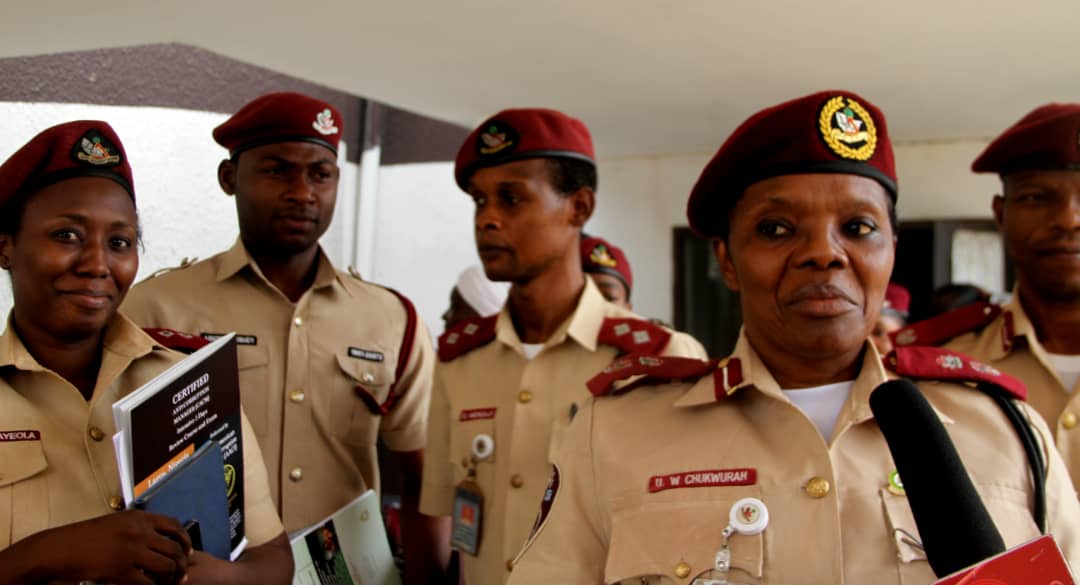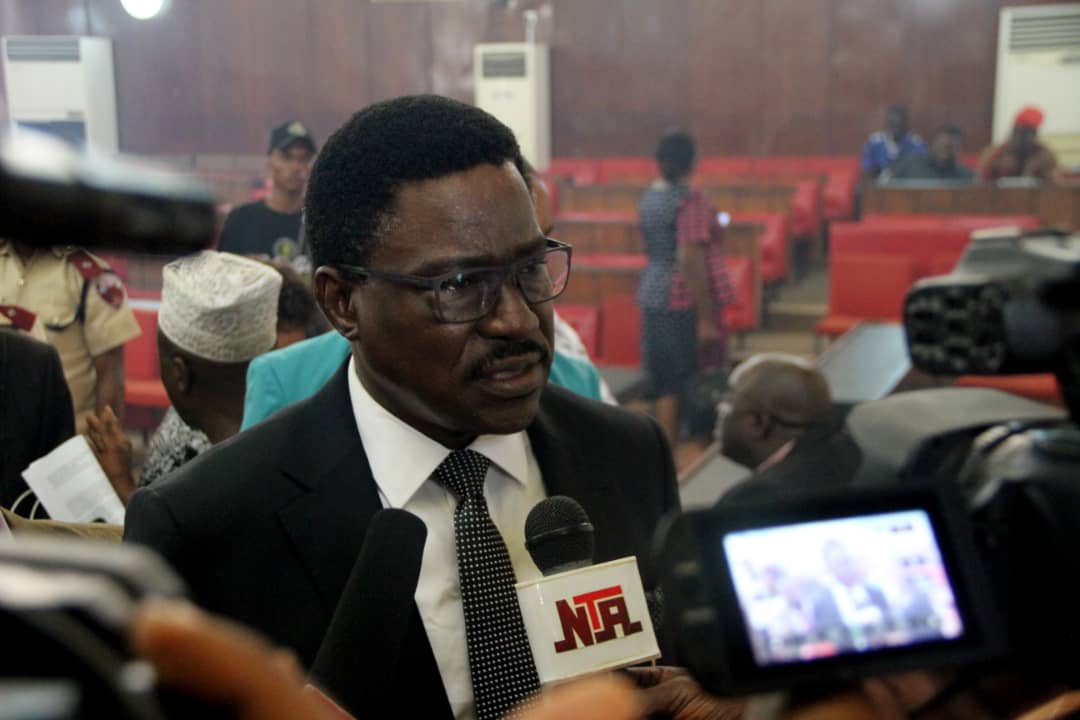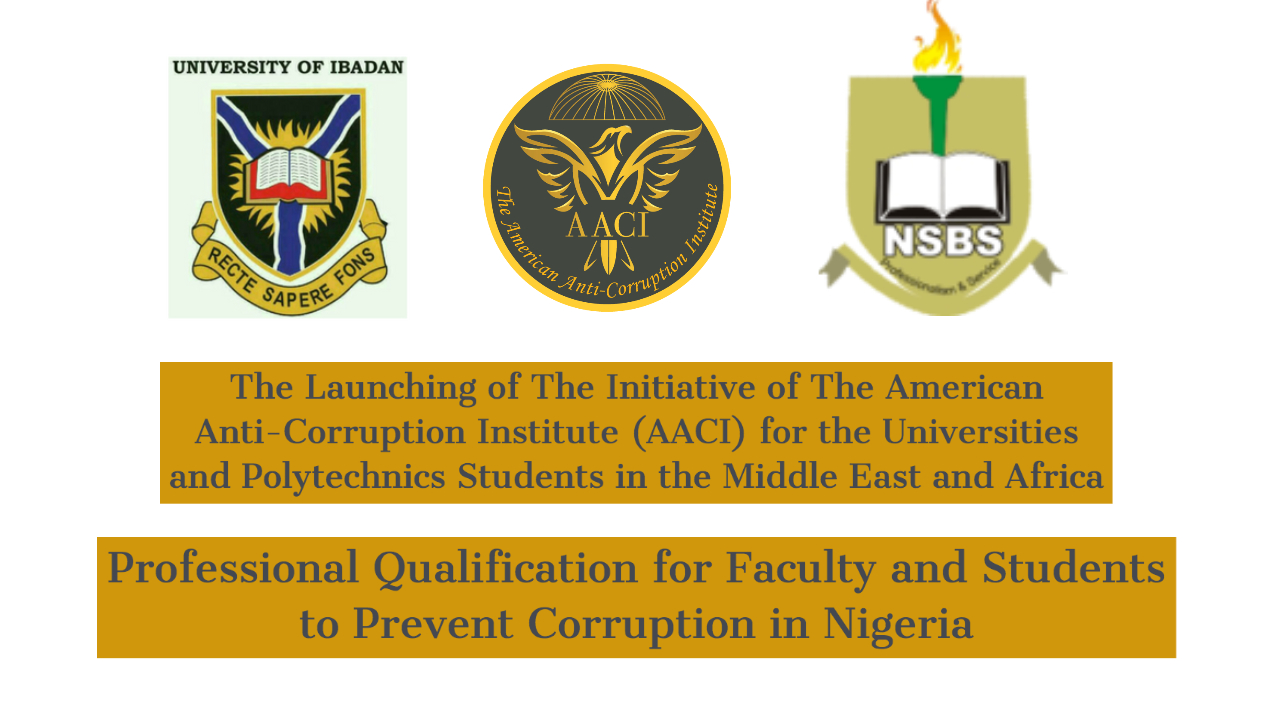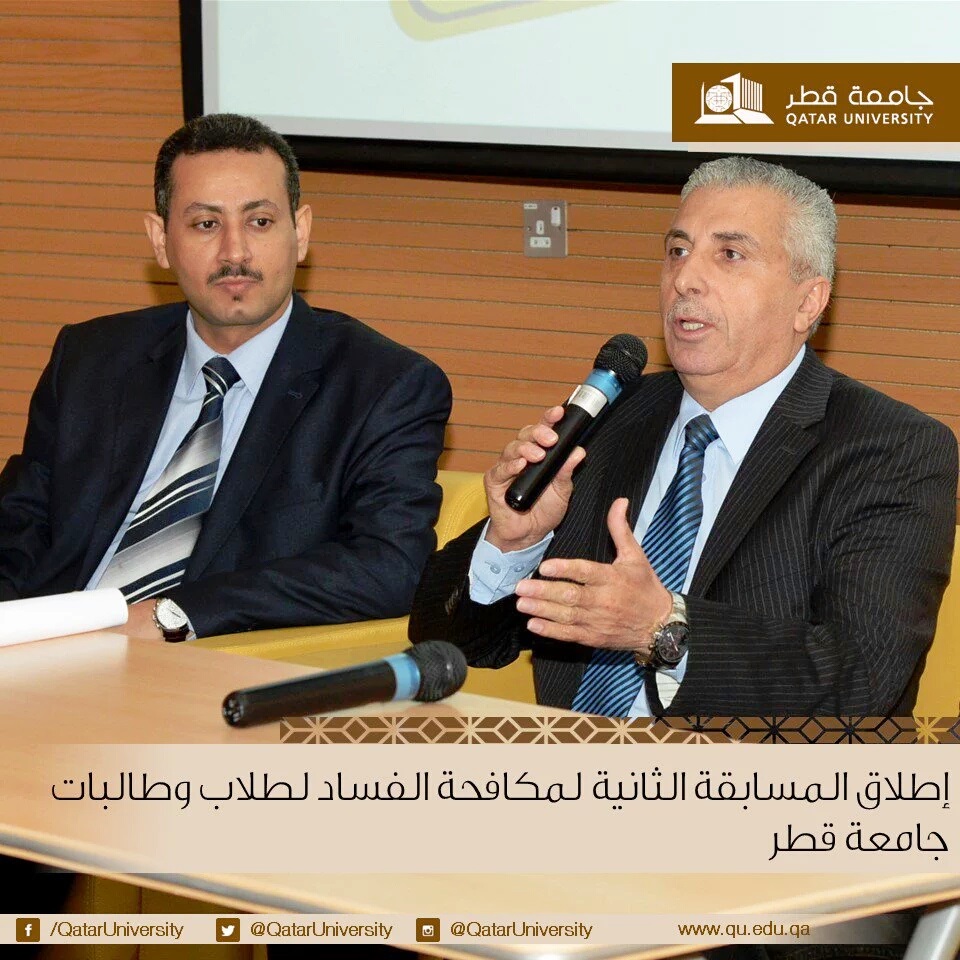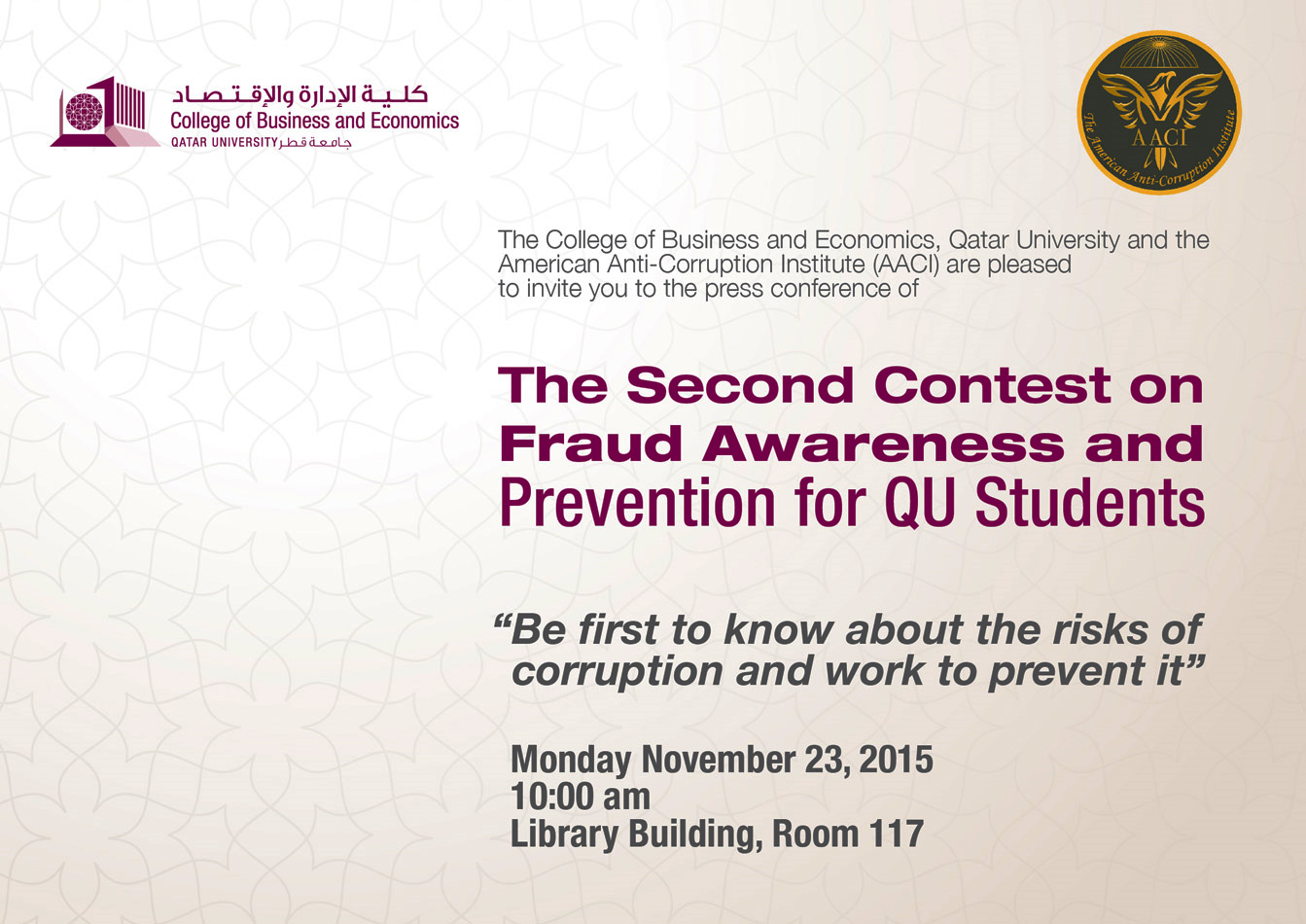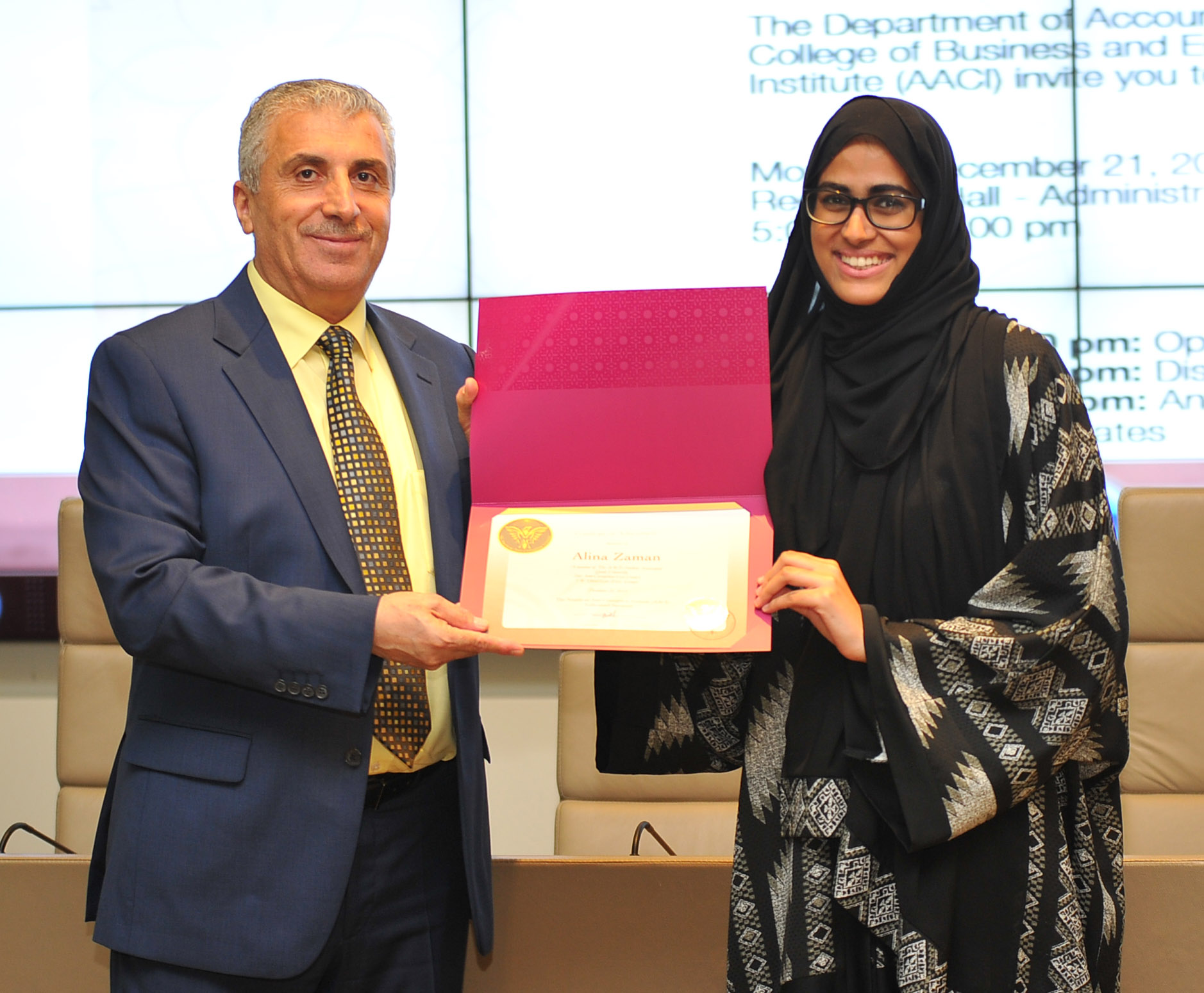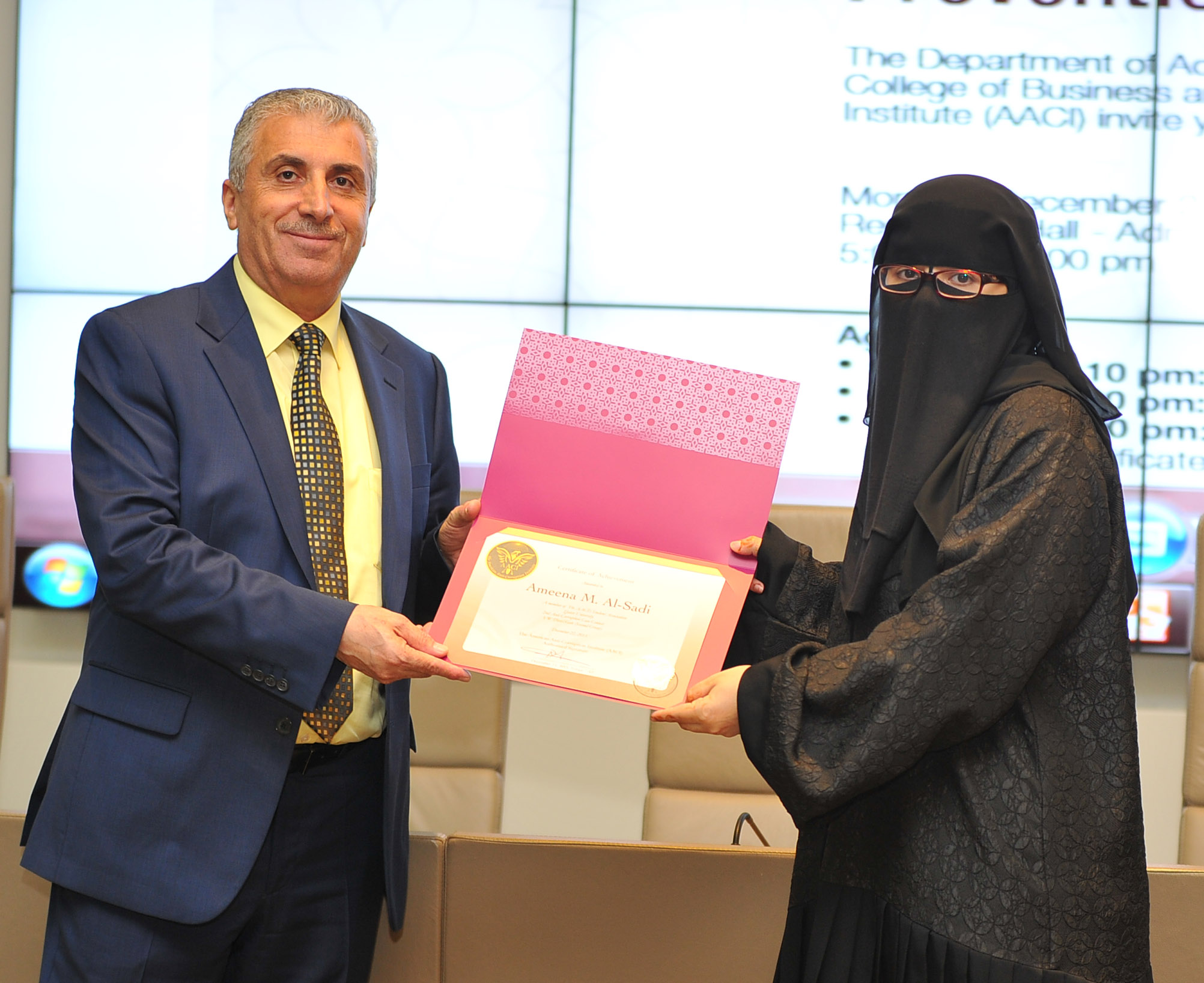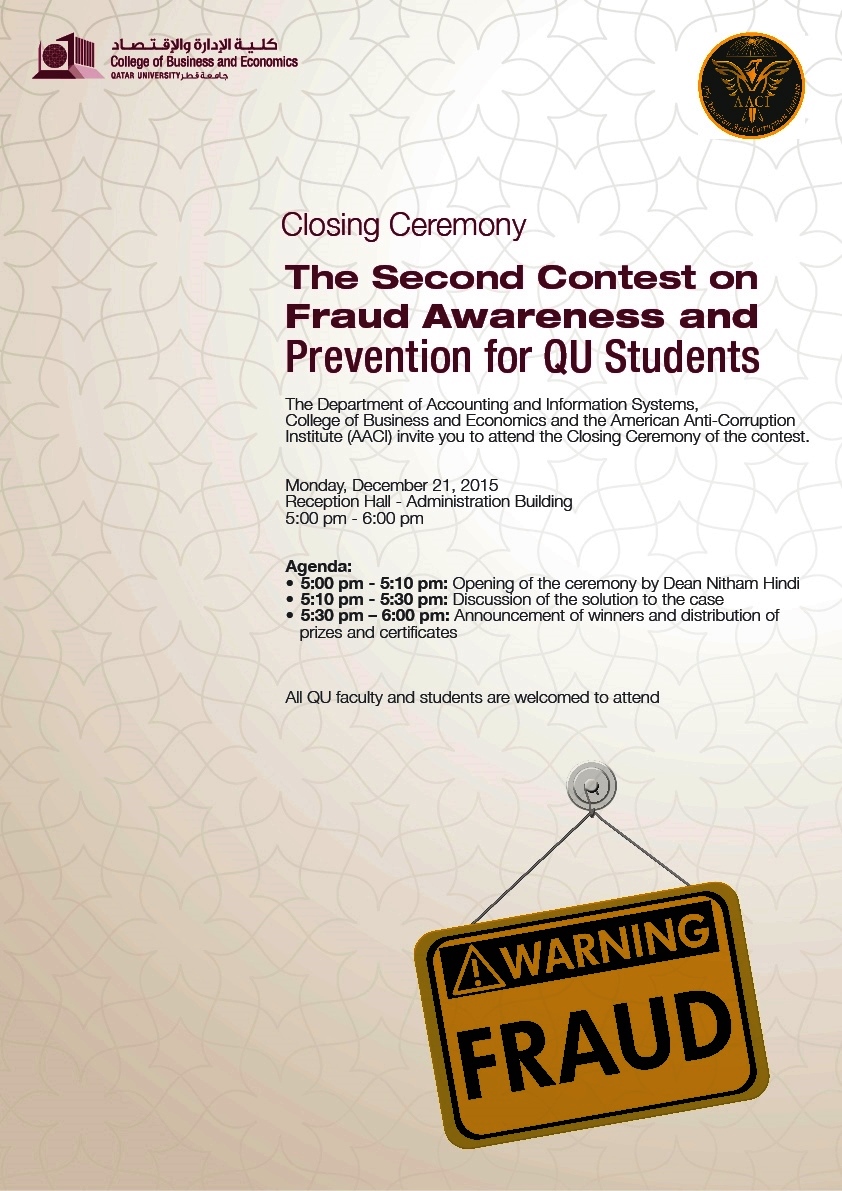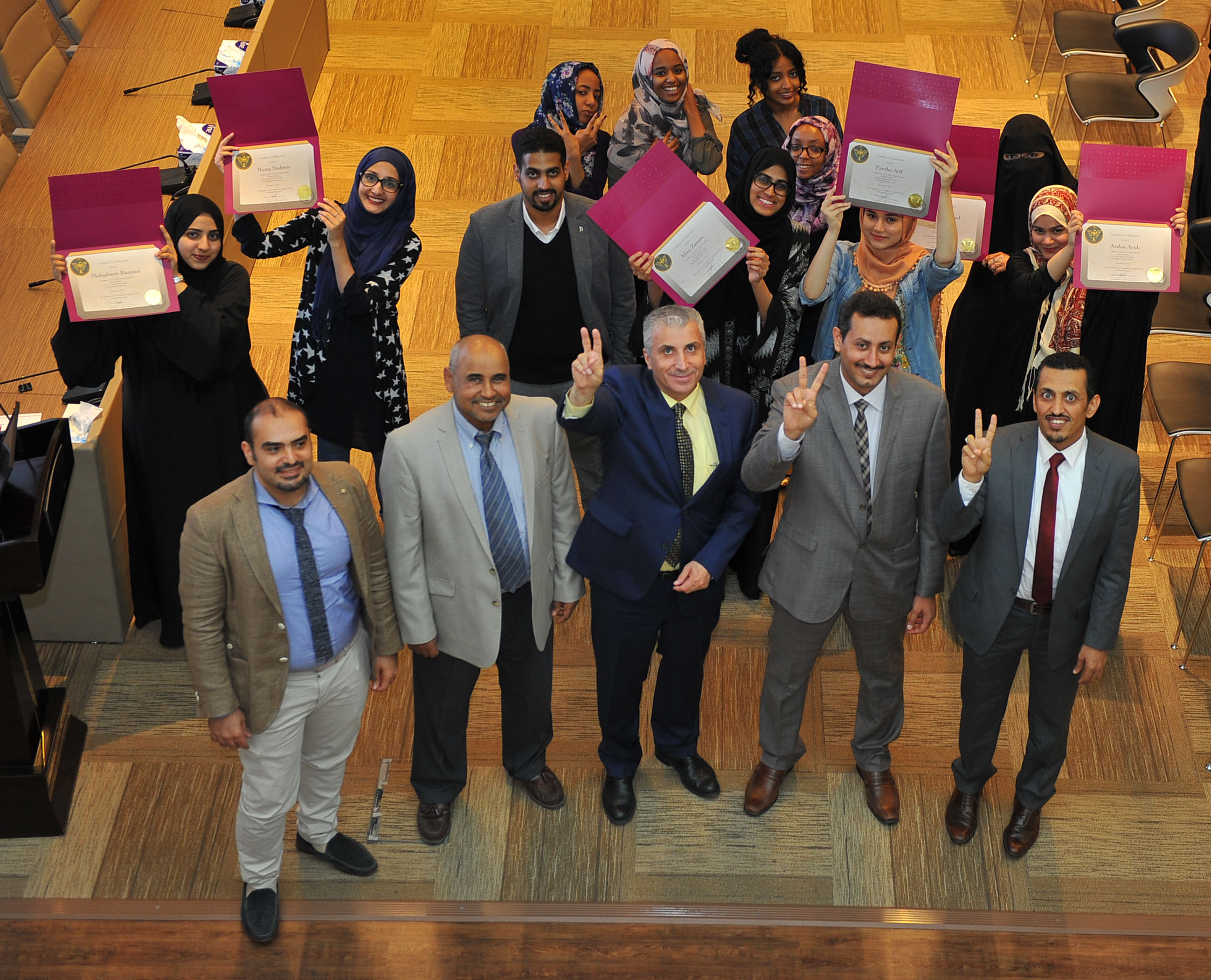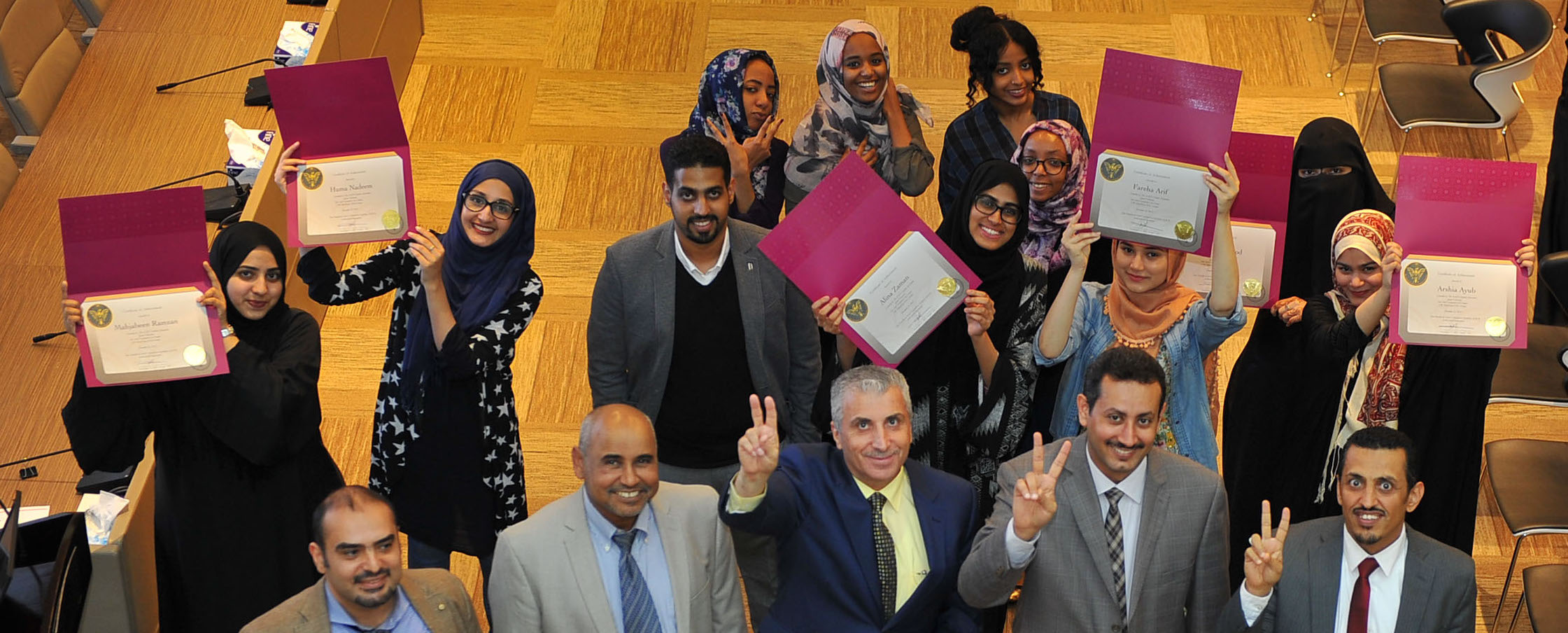a speculative interview on transparency, oversight, and institutional safeguards
September 21, 2025
Interview Series: Integrity in Leadership – Part II

by The American Anti-Corruption Institute (AACI)
Introduction
Integrity in leadership is often discussed, but rarely examined through the lens of what actually protects leaders from corruption risks. Too often, as we explored in the September issue of The AACI Dispatch (The Illusion of Integrity), anti-corruption becomes a campaign slogan rather than a sustainable system.
To contrast with those failures, The AACI sat down for an extended fictionalized interview with a former head of state who served two full terms without being implicated in fraud or corruption.
This is not a profile of any real person. It is a constructed case study designed to capture the principles, practices, and safeguards that leaders must apply if they want to leave office with their integrity intact.
In this three-part series, we explore not only what this President did, but also what institutions, businesses, and societies must do if they are serious about systemic corruption prevention.
Series Overview
Part I — Protecting Leadership Integrity
We begin by examining the fundamentals of leadership integrity: surrounding oneself with competent, independent advisors, dismantling the “circle of silence,” making transparency routine, and ensuring that systems outlast the leader.
Part II — Building Corruption-Resilient Institutions
In the second part, the President reflects on how fraud and corruption can be reduced at scale. He emphasizes that fighting corruption is not a slogan but a holistic, continuous, results-oriented, and multidisciplinary process that must cover all sectors — public, private, and non-profit.
Key themes include the primacy of preventive measures over reactive enforcement, the alignment between power and accountability, and the critical importance of an independent and competent judiciary as the foundation of sustainable accountability.
Part III — The Future of Integrity
In the final part of this series, the President looks forward to the next frontier of integrity. He emphasizes the indispensable role of universities in the fight against corruption. It is impossible to expect meaningful results if higher education does not embed anti-corruption programs — both academic and professional — and mobilize students to lead integrity initiatives in their communities. Universities must become hubs of prevention, awareness, and innovation in governance.
He also underscores the rule of law as a non-negotiable pillar. During his presidency, each minister was required annually to estimate the level of corruption within their ministry, provide detailed reasoning and analysis, and revisit those estimates the following year to explain three areas that had improved or worsened. This practice created accountability cycles that made corruption measurable, not rhetorical.
Finally, he reaffirms that nepotism was never tolerated in his leadership. Favoritism in appointments, contracts, or opportunities directly violates the rule of law and corrodes institutional trust. By rejecting nepotism, he sought to model fairness as a daily governance routine rather than an abstract principle.
Interview Series: Integrity in Leadership
Part II — Building corruption-resilient institutions
by: The American Anti-Corruption Institute (AACI), Tempe – Arizona
🔎 Disclosure
This is a fictionalized interview created by The AACI for educational purposes. The character of the President is not based on any specific individual. It is designed to illustrate principles of governance, accountability, and corruption prevention in line with The AACI Ten Principles of Fighting Corruption and the Standards on Fighting Corruption (SFCs).
The AACI: Let us widen the lens. What does “fighting corruption” actually mean in practice?
President: It is a process effected by those charged with governance, employees, citizens, and other stakeholders to provide reasonable assurance that entrusted power is not abused for private gain. It must be holistic, continuous, results-oriented, multidisciplinary, and it must cover public, private, and non-profit sectors. When any of these dimensions is missing, efforts become fragmented and easy to game.
The AACI: What processes carry that work?
President: Three categories.
- Preventive — lower the likelihood: strong internal control, transparent procurement, culture building, anti-corruption education, protected whistleblowing, annual training and certification for boards, management, and staff, embedding The AACI Ten Principles in policy.
- Deterrent — raise certainty and swiftness of sanction: credible investigation, charging, and sanction frameworks; disqualification rules for offenders; recovery and debarment.
- Detective (and corrective) — identify breaches early and repair damage: continuous auditing, data analytics, asset tracing, restitution, control redesign after incidents.
Most systems over-invest in detective and deterrent tools and under-invest in prevention. That is why they chronically “chase” corruption rather than reduce its incidence.
The AACI: Power tends to concentrate. How did you align power and accountability?
President: We engineered symmetry. Any grant of authority carried mandatory transparency, independent review, and measurable reporting. Budget power required open data publication; appointment power required competitive shortlists and conflict screening; regulatory power required ex-post evaluation and judicial review. No exceptions for the executive.
The AACI: Why do you insist on an independent, competent judiciary?
President: Because prevention collapses when offenders believe the courts can be leaned on. Independence without competence is theatre; competence without independence is capture. We depoliticized judicial appointments, protected tenure and budgets, invested in training, published decisions, and enforced recusal for conflicts. That combination deterred abuse before it started.
The AACI: A final test for institutions?
President: Measure what matters. If you cannot quantify exposure, you are managing by hope. Prevention reduces risk only when tracked and acted upon.
Together, Empowering Tone at the Top
© 2025 The American Anti-Corruption Institute (AACI) — All rights reserved.
Coming Soon: Part III — The Future of Integrity
What role should universities and students play in fighting corruption?
Can the rule of law be turned into measurable practice, not just rhetoric?
And why must nepotism be treated as a direct violation of integrity, never a cultural norm?
In the final part of Inside a Corruption-Free Presidency, the president reflects on how the next generation can anchor integrity, how accountability cycles can make corruption exposure measurable, and why fairness must replace favoritism.
Stay tuned — integrity’s future belongs to those who refuse performance ethics and demand real safeguards.
